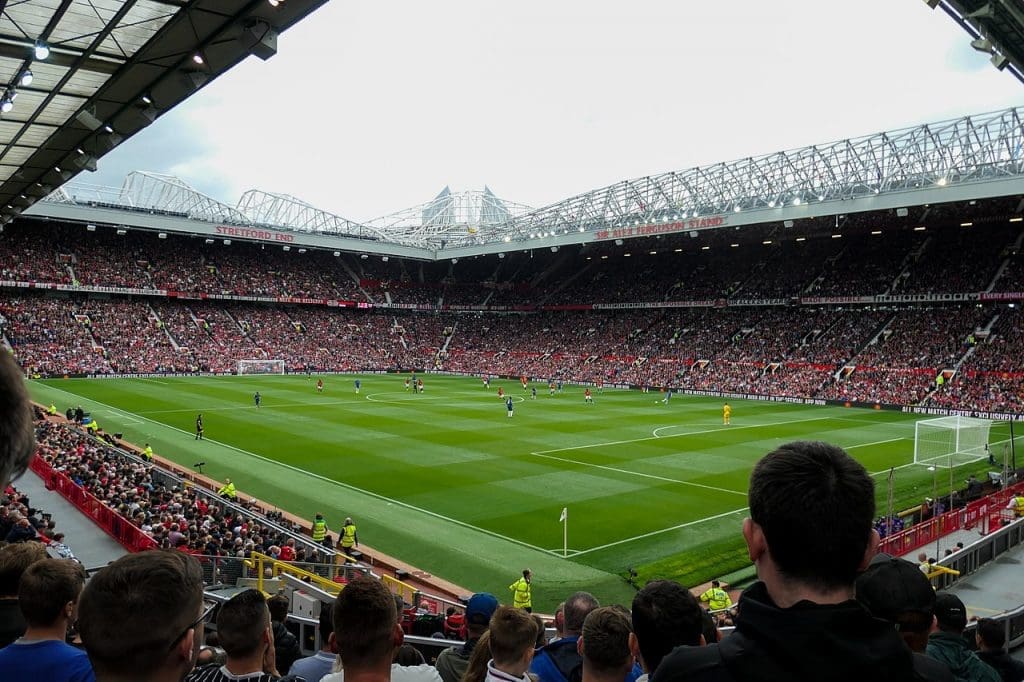12 Months On, The Fanatics Are Trickling Back In
“Unfortunately, we’ll all have to start traveling to all these cities again. But that’s the right thing to do.” Those were the words of the often controversial but never shy UFC President, Dana White, when asked about the UFC’s decision to open the gates to the paying public for the first time in over a year. After over a year of either completely closed off or significantly limited capacity sports events, UFC 261 will mark the return of the roaring full capacity crowd when it rolls through Jacksonville, Florida next month.
This is a big call by the UFC and a landmark moment in world of sport. It’s easy to forget, given the abundance of jam-packed live sports events (the America’s Cup, domestic Super Rugby, several touring international cricket teams, etc) we’ve been lucky enough to host due to our mostly community COVID free status. Most of the world’s most important sports events have been played in either eerie silence, under some polite cheers from a handful of special attendees or with that awkward piped crowd noise that poor fella in charge of never seems to play at the right moments. While the decision (and the invocation of what’s ‘right’ and ‘wrong’ in this situation) will no doubt divide officials, health experts and the general public alike, the sports world appears to be regaining some sense of equilibrium as many of the world’s most popular events have seen fans, slowly but surely, trickling back into their seats.

The NBA, which was lauded for its inventive solution to finishing it’s 2020 season by partnering with DisneyWorld Orlando to create what became known as the “NBA Bubble”, has begun to see fans settling into arenas in some cities, with some filling their home courts with fans as high as 30% capacity. While nothing is yet confirmed, reports are that there is optimism that the figures will be increased in time for the playoffs in May. Also over in the ‘States, the NFL was forced to draw back its attendance dramatically throughout the 2020 season but managed to keep a small portion of its stadiums filled, and they did manage to squeeze over 22,000 fans for the the Super Bowl in Tampa Bay, Florida back in February (you might be sensing a pattern with Florida here).

Across the Atlantic, a period of heavy national lockdown has seen the English Premier League season played largely in completely empty stadiums, but discussions are taking place with the possibility of spectators being funneled back in for the final two rounds of games in May. The football world also faces the challenge of navigating how it will manage fan attendance for the upcoming Euro 2020 (yep, they still haven’t changed the name, now that’s a level of stubbornness I can respect). The event is scheduled to take place over several European host cities in June and July, and organisers have made it clear that empty stadiums are not on the table, so expect to see at least some fan representation in the grounds for that huge event.

A bit closer to home, much was made of Melbourne’s topsy-turvy Australian Open experience, which attempted to achieve around 50% capacity fan access throughout the tournament. Things seemed to be going swimmingly in the opening week, only for the whole thing to be sent into upheaval midway through by a small outbreak and a snap lockdown, slamming the door on fans for five days during the middle of the tournament. Fans were allowed back into the stadiums in time to see the business end of the tournament, but the event organisers admitted the disruption caused a significant financial loss.
Ultimately, that will be the biggest factor in how the next few months take shape on this issue. Tickets sales account for a significant portion of revenue for teams, leagues and sports organisations around the world and the financial hits to the sports world have been massive. With vaccines being rolled out across the globe and event organisers desperate to fill their arenas with paying customers as soon as possible, it appears we are inching closer to the sports viewing experience we all might’ve taken for granted. Most excited about these developments will be the players themselves, who, in many sports, have not been shy about stressing their dissatisfaction with competing without adoring fans (and I’m sure the financial squeeze hasn’t helped either). In the past 12 months, they’ve felt the absence of the roars, claps (and maybe even the boos a little bit) of thousands of passionate, some might even say fanatical, spectators. Fortunately for them and us, it appears it might finally be coming to an end, and that’s something we can all cheer about.
For more similar content, head over to the M2 Celebration Channel here or check out Piper Heidsieck here.





